Carl von Weber Grand Duet in Concert, Op 48
#classical_music#Weber
The Grand Duet in Concert, Op. 48, is a chamber music work composed by Carl Maria von Weber for clarinet and piano. It is one of the most iconic pieces in the clarinet repertoire and showcases Weber's ability to write intimately expressive music.
The Grand Duet in Concert, Op. 48 is a remarkable piece because it creates a deep and genuine dialogue between the clarinet and the piano. The two instruments alternate roles, weaving melodies into polyphonic texture, and allow the unique character of each instrument to be heard. The clarinet's agility and the piano's percussive nature are highlighted, making it an exciting and enlightening experience for the listener.
The work is divided into three movements. The first movement, Allegro con fuoco, is structured like a rondo with the clarinet playing an opening theme, which is then answered by the piano. Throughout the movement, the clarinet shows its virtuosic nature, displaying rapid passages combined with a charming lyrical line.
The second movement, Andante con moto, is a serene and contemplative piece. It begins with a beautiful duet between the clarinet and piano, gradually unfolding into a fuller orchestration. The clarinet's voice ranges from plaintive to soaring in this movement, with the piano playing a supportive role, providing rhythmic accompaniment.
The final movement, Rondo – Allegro giocoso, is the most vigorous of all the movements. It is a lively and dance-like piece with rapid-fire passagework, which showcases the technical prowess of the two instruments. The clarinet executes intricate runs, while the piano keeps up with a sprightly accompaniment, making it an exhilarating conclusion to the piece.
In conclusion, The Grand Duet in Concert, Op. 48 is undoubtedly one of the quintessential works for clarinet and piano. Weber's writing for the two instruments is very refined and highlights their complementary and contrasting natures. The Grand Duet is a stunning testament to the Romantic era of music, which resonates more than two centuries after its first composition. The work is an example of music's purest form and the ideal of beauty that it seeks to achieve.
You have the opportunity to support the channel https://destream.net/live/RadSiarAl/donate
-
 2:51
2:51
Polka Party!
1 year agoTony Weber Orchestra - Suitor's Waltz
1 -
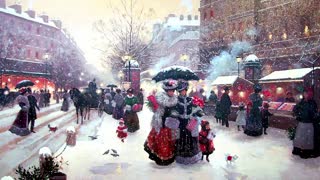 56:16
56:16
Classical Music P.D.
1 year agoNew Year Concert - Waltzer, Overtures, Polka's, Marchsches - Johann Strauss Jr. 'Hobart Earle'
157 -
 3:36
3:36
Polka Party!
1 year agoTony Weber Orchestra - Bill's Waltz
1 -
 2:18
2:18
PessimisticOldMan
1 year agoTony Weber Orchestra - Tony's Waltz
4 -
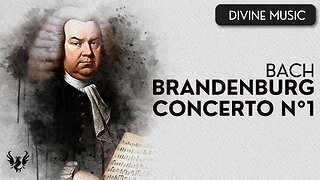 20:20
20:20
Gnostic Library
9 months ago💥 BACH ❯ The Bradenburg Concerto No. 1 BWV 1046 🎶
9 -
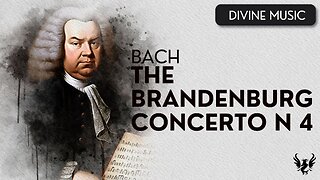 17:15
17:15
Gnostic Library
10 months ago💥 Johann Sebastian Bach - The Brandenburg Concerto No 4, BWV 1049 🎶
16 -
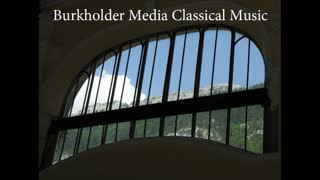 54:32
54:32
Burkholder Media Classical Music
3 years ago $0.01 earnedSymphony no. 8 in C major 'the Great', D. 944__Franz Schubert
631 -
 2:04:28
2:04:28
Burkholder Media Classical Music
3 years ago $0.15 earnedThe Brandenburg Concertos by Johann Sebastian Bach
472 -
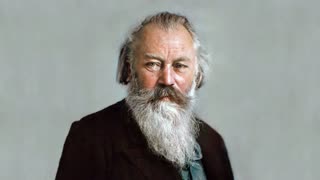 49:13
49:13
Classical Music P.D.
1 year agoSymphony No.1 in C minor, Op.68 - Johannes Brahms 'Barbara Schubert' 'Live performance 2006'
9 -
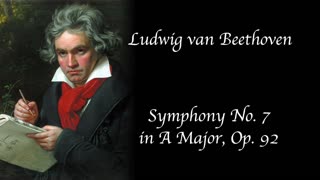 41:47
41:47
ClassicalMusic
1 year agoBeethoven - Symphony No. 7 in A Major, Op. 92
6222